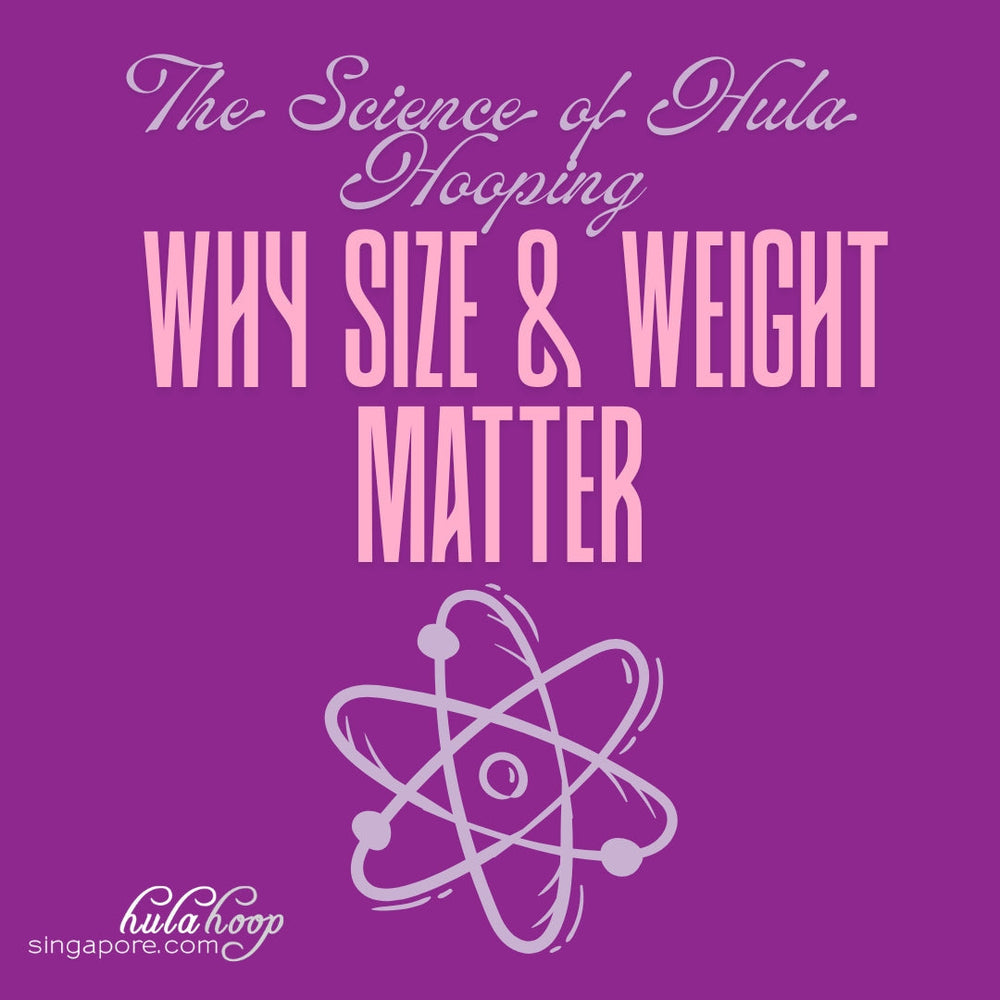The Science of Hula Hooping: Why Size and Weight Matter (Part 1)

Did you know hula hooping isn’t just child’s play? There’s real physics behind why some hoops are easier to spin, while others give you a stronger workout. Let’s break it down in simple terms!
At HulaHoopSingapore, the weight and size of our hoops are not chosen at random. They are based on physics – torque, force, and motion – to give you the best results with full control.
Why Hoop Size Matters
Diameter = Twirling Speed
The diameter of the hoop determines how fast it spins around your waist.
-
Smaller hoops spin faster, requiring quicker hip movements (harder for beginners).
-
Larger hoops spin slower, giving more time to control.
-
Analogy: Like riding a big bicycle vs. a small one — bigger feels steadier.
That’s why our standard hoop diameter is about 100cm – the sweet spot for adults. It creates a medium twirling speed that’s both manageable and effective for core training.
Why Hoop Weight Matters
Weight = Force & Energy
The hoop’s weight determines the force and energy your muscles must generate to keep it spinning.
-
Light hoops don’t provide enough resistance – they wobble and fall easily.
-
Heavy hoops need more force to start, but stay steady once spinning.
-
Overly heavy hoops can strain your back or bruise your body.
-
Analogy: Like pushing a merry-go-round — heavier ones need more push but keep going smoothly.
Our hoops (1.1kg – 1.5kg) are calibrated to require engagement of your abs, obliques, and lower back, giving you a powerful workout without risk of injury.
The Perfect Balance
With the right size and weight:
-
You control the speed with your core strength (faster twirls = stronger abs).
-
You gain the benefits of a steady, medium-speed hoop that doesn’t overwhelm you but still challenges your muscles.
In short: Our hoops are designed with physics in mind – giving you a hoop that’s effective, safe, and controllable for the ultimate waistline workout.

